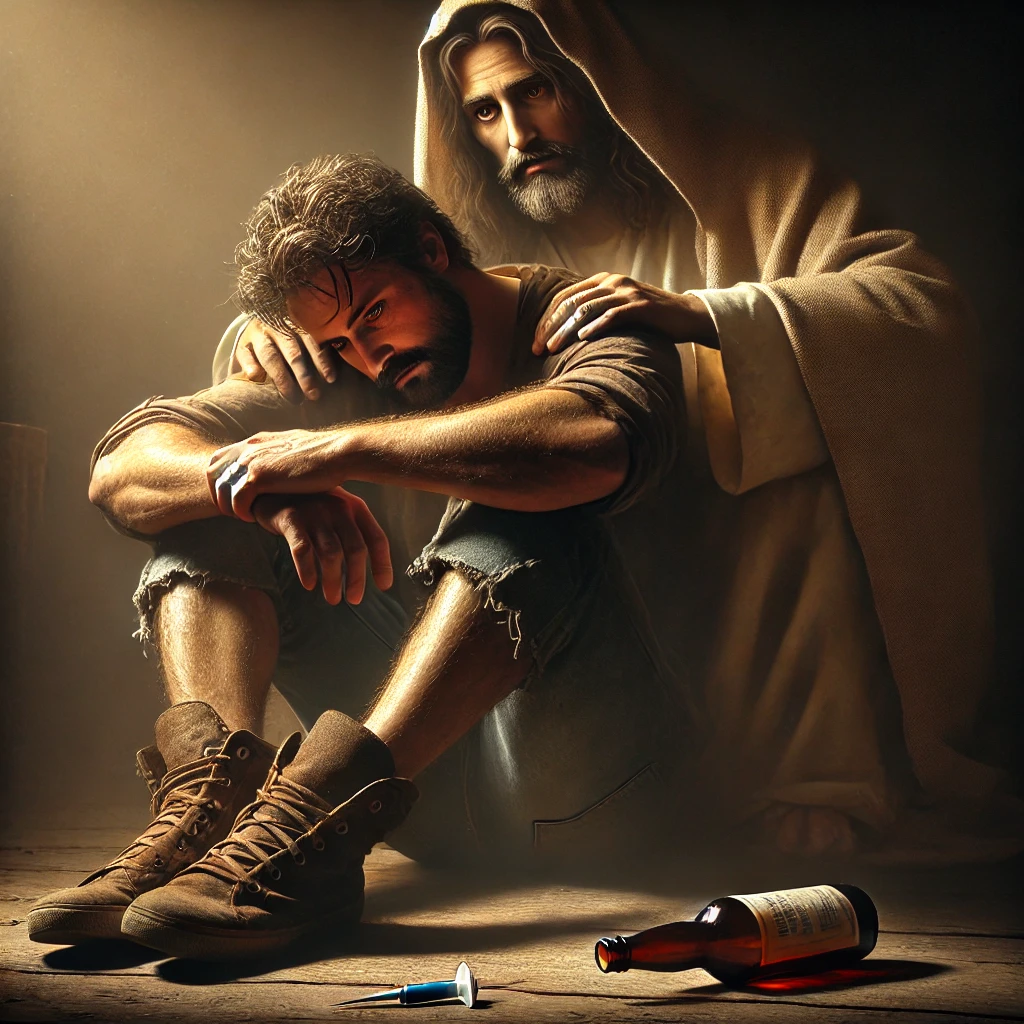Category: Features
-
CFM 1/13-1/19: Poetry for “I Saw a Pillar of Light”
The First Vision is clearly one of the major images or symbols of the restoration. We reference the image of a pillar of light regularly in our literature, although I sometimes think that we don’t use the image as broadly as we might—the pipe-like image of delivering revelation, the brightness in the midst of darkness,…
-
Wrestling with the Restoration: a Review
I highly recommend Wrestling with the Restoration: Why This Church Matters, by Steven C. Harper, for any member of The Church of Jesus Christ of Latter-day Saints. It is, at its heart, apologetics done well. In other words, it is a response to critics of the Church on a series of historic and praxis concerns.…
-
CFM 1/6-1/12: Poetry for “Harken, O Ye People”
Considered the preface to the D&C, the first section, subject of the second Come Follow Me lesson, argues for the importance of revelation in the restoration, and for recognizing that the Lord reveals his word through “the weak and simple.” Just like with the restoration itself, the call for our attention to revelation is a…
-
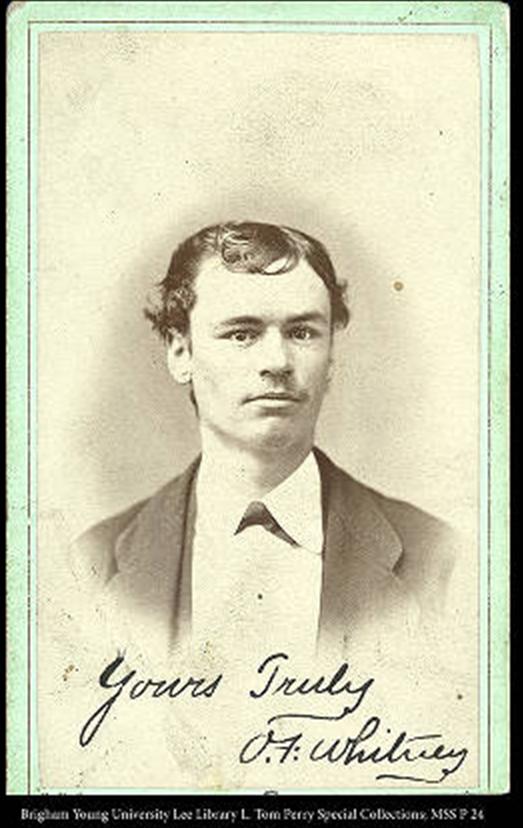
CFM 12/30-1/5: Poetry for “The Restoration of the Fulness of the Gospel of Jesus Christ”
Culture is important. Cultural items not only enhance what we say and teach, making the ideas more memorable and meaningful, they also add additional information, and engage our brains on a level that enhances our learning. As a student of literature as well as the gospel, I’ve long been convinced that our modern culture has…
-
Matthew Bowman on Joseph Fielding Smith
Joseph Fielding Smith was one of the movers and shapers of The Church of Jesus Christ of Latter-day Saints throughout the twentieth century. Although lacking in professional training in theology or history, his impact in those areas can still be felt today in the Church. In a recent interview at the Latter-day Saint history blog…
-
Weekly Observance of the Sacrament
The Sacrament of the Lord’s Supper is one the most common ritual and use of set ritual prayers in The Church of Jesus Christ of Latter-day Saints. Weekly observance is a high frequency compared to many Christian denominations’ observance of similar rites and begs to question of why we observe it so frequently. David F.…
-
Book review — “The Book of Mormon for the Least of These: Helaman-Moroni”
“The lessons we learn from scripture depend on the questions we ask… The Book of Mormon…warrants the most challenging questions we can throw at it. This book attempts to ask those difficult questions.” So opens this third and final volume of The Book of Mormon for the Least of These, focusing on the books of…
-
A Review: Come Up Hither to Zion: William Marks and the Mormon Concept of Gathering
Come Up Hither to Zion: William Marks and the Mormon Concept of Gathering by Cheryl L. Bruno and John S. Dinger is an enlightening biography that brings attention to a significant yet often overlooked figure in the early Latter Day Saint movement.
-

The Paris Art Mission
I love that Latter-day Saint temples tend to be well-decorated with artwork, including the temple murals. I still find it a bit painful that the murals were not preserved as part of the Salt Lake City Temple renovation, but still find the history of the original murals in the Salt Lake City Temple to be…
-
Slavery vs Unfree Labor in Utah
Slavery is one of the darkest subjects in the history of the United States. It was an issue that impacted so many lives (in ways that echo through to the present day) and arguments over it tore the nation apart. Utah Territory was no different in that they were caught in intense debates over the…
-
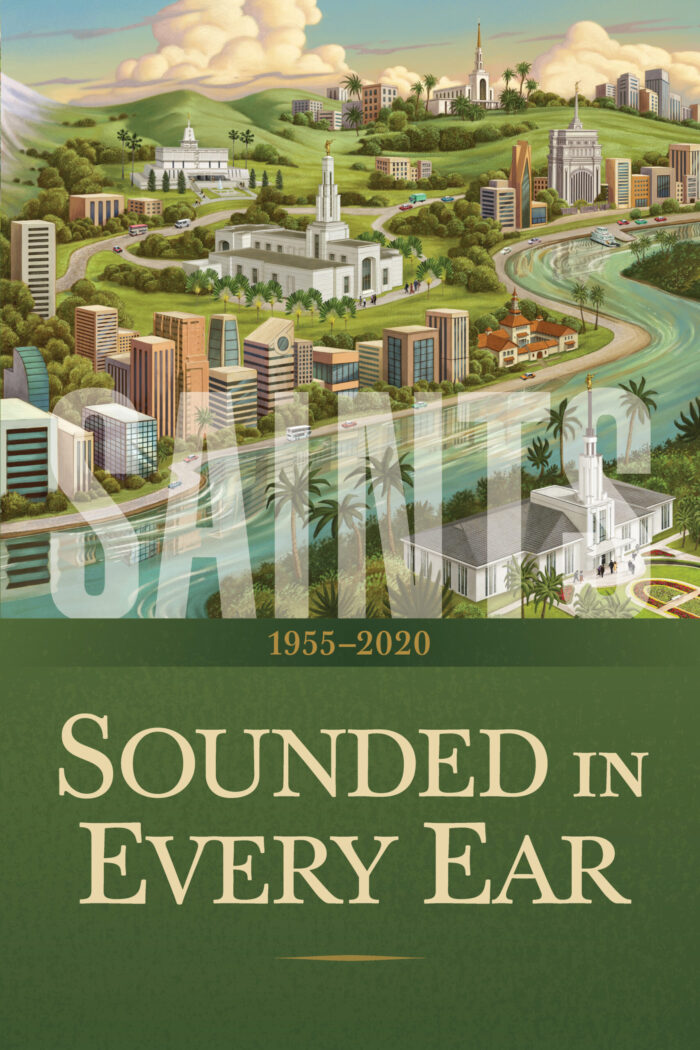
Saints, Volume 4: A Review
The fourth and final volume of Saints: The Story of the Church of Jesus Christ in the Latter Days was published today. This newest book, Sounded in Every Ear, tells the story of the Latter-day Saints from 1955 to 2020, bringing the history up nearly to the present day. It discusses an era in which…
-
Moroni and Temple Sites
Moroni is an important figure in Latter-day Saint lore. For example, I’ve written previously about how some authors have taken any mention of angels and the Book of Mormon in the same story as a reference to Moroni, whether that conclusion is warranted or not. But another area in which Moroni plays a role is…
-
Symbols in the Wilford Woodruff Journals
Early last year, I wrote about symbols I had observed in Wilford Woodruff’s journals. It turns out that I wasn’t the only person who had that on the mind – Joshua Matson had done some earlier and more intensive research on the same topic that he shared in a presentation at the Building Latter-day Faith…
-
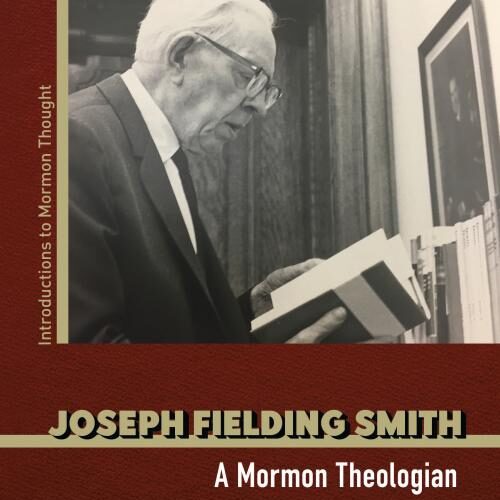
A Review Joseph Fielding Smith: A Mormon Theologian
I remember a conversation with an institute teacher that I was particularly close to while I was attending college. I was in his office and noticed a framed sketch that included important intellectuals and writers in Latter-day Saint history. While I liked most of them, I pointed out that I didn’t care for Joseph Fielding…
-
Baseball Baptisms and the British Mission
Missionary service is a time of growth and an opportunity to serve, but it can also be a source of extreme pressures and stress for missionaries that manifests in different ways. One of the more famous examples came in the 1950s in the British Isles, where pressure from a mission president led to people taking…
-
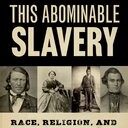
This Abominable Slavery: A Review
This Abominable Slavery: Race, Religion, and the Battle over Human Bondage in Antebellum Utah by W. Paul Reeve, Christopher B. Rich Jr., and LaJean Purcell Carruth is a fascinating and detailed glimpse into the debates about slavery and race in Utah Territory in the 1850s. Incorporating never-before transcribed accounts of the 1852 legislative session that…
-
On Marion D. Hanks
Marion D. Hanks is one of the most influential general authorities who never served in the Quorum of the Twelve or First Presidency. Today he is best known for his hymn, “That Easter Morn”, his advocating for Christlike service, and the support he lent to Black members of the Church in the years leading up…
-
Historical Narratives and the Pharisees
Growing up in the Church, I repeatedly heard stories where missionaries encountered people who had been reading anti-Mormon literature and told them that “you wouldn’t decide on which car to buy by reading only the stuff put out by a company’s competitors – you would also read what the company that produced the car has…
-
Open Canon: Scriptures of the Latter Day Saint Tradition, a Review
Open Canon: Scriptures of the Latter Day Saint Tradition, edited by Christine Elyse Blythe, Christopher James Blythe, and Jay Burton is a book that I loved reading. It is an anthology of essays focusing on the documents created and used as scripture in the broader tradition of religions that trace their roots to the early…
-
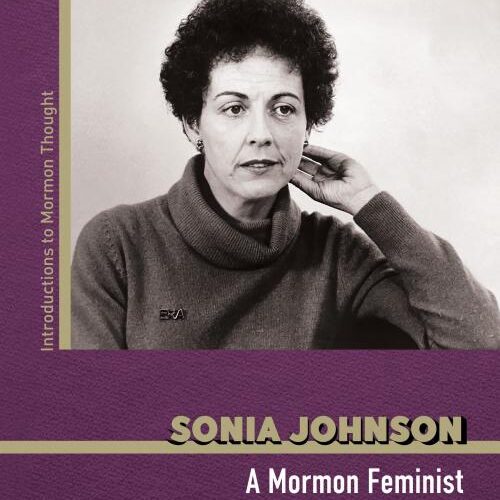
Sonia Johnson: A Mormon Feminist, a Review
Sonia Johnson: A Mormon Feminist by Christine Talbot is a provocative and insightful entry in University of Illinois Press’s Introductions to Mormon Thought series.
-
Proto New Mormon History
The “New Mormon History” was an era when Latter-day Saint historians began to rely on the techniques of modern academic and professional historians in their approach to research and writing about the Church. Leonard J. Arrington is, in many ways, the face of this movement and was given the moniker of “the Father of Mormon…
-
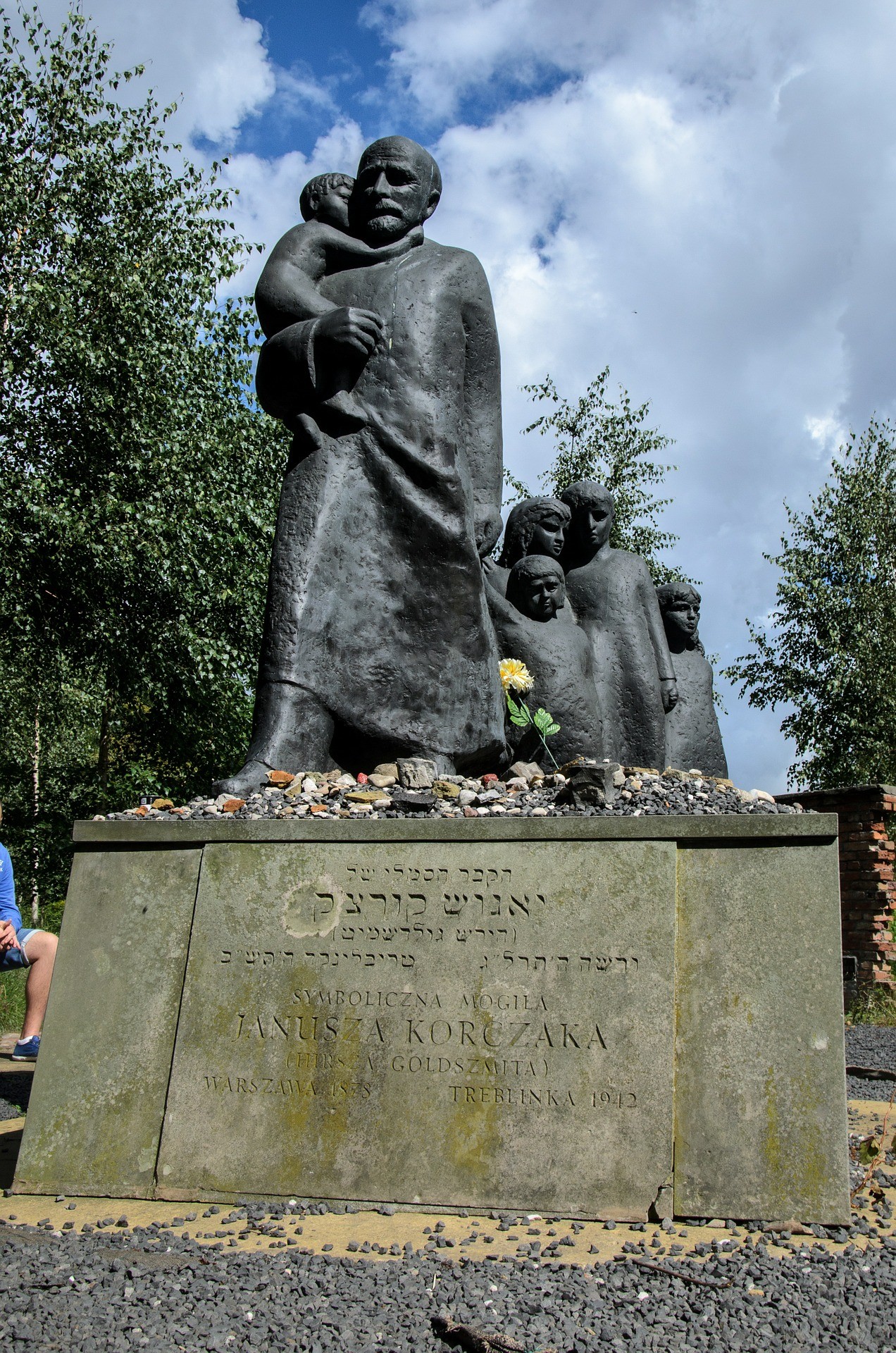
Latter-day Saint Book Discussion: “A Light in the Darkness: Janusz Korczak, His Orphans, and the Holocaust”
Monument in Warsaw to Janusz Korczak’s “Last Walk” as he accompanied his orphans to the Treblinka trains. Janusz Korczak is a remarkable figure that is surprisingly almost unknown in the United States despite being quite famous in Europe. A children’s author and pedagogue, his books, particularly King Matt the First about a child who becomes…
-
The Kirtland Temple Endowment
In modern Latter-day Saint terminology, the Endowment is a specific ordinance performed in temples around the world. In the first temple to be constructed by church members (the House of the Lord in Kirtland), however, the term has a somewhat different meaning. In a recent interview at the Latter-day Saint history blog From the Desk,…
-
Review: Bruce R. McConkie: Apostle and Polemicist, 1915–1985
Bruce R. McConkie: Apostle and Polemicist, 1915–1985 by Devery S. Anderson is the latest entry in Signature Books’ Brief Mormon Lives project. As has been the case with other books in the series, this one is a short biography of an individual of note in The Church of Jesus Christ of Latter-day Saints and is…
-
An Abbreviated Journal of Discourses
While Bruce R. McConkie’s controversial Mormon Doctrine is famous in Latter-day Saint circles, it wasn’t his first controversial project. Prior to that time, he worked on preparing a “best-of” collection from the Journal of Discourses that was known as Sound Doctrine. The project was close to publication when the First Presidency intervened and shut it…
-
A Review: Unique But Not Different
Unique But Not Different: Latter-day Saints in Japan by Shinji Takagi, Conan Grames, and Meagan Rainock is a fascinating glimpse into the world of Japanese Latter-day Saints. The book is based on a comprehensive survey data, which it explores to examine the diverse social, political, and ideological backgrounds of Japanese Latter-day Saints. Over the course…
-
Smith Family Women
Joseph Smith grew up in a family with strong-willed women. Among those are two who left some notable records of the early Church, particularly Lucy Mack Smith (his mother) and Katharine Smith Salisbury (his sister). Two recent posts at the Latter-day Saint history site From the Desk discuss these two Smith family women and their…
-
A Review: Commentary on the Community of Christ Doctrine & Covenants, Volume 1
I’ve been hunting down resources to use in studying the Doctrine and Covenants, and one of the books I wanted to highlight in that regard is the Commentary on the Community of Christ Doctrine & Covenants Volume 1: The Joseph Smith Jr. Era, by Dale E. Luffman. It is a fascinating glimpse into both the…
-
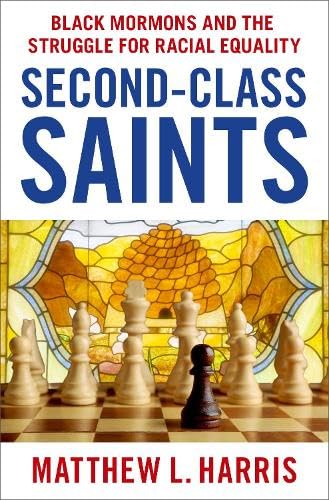
A Review: Second Class Saints
The priesthood and temple ban against individuals with Black African ancestry is a topic that is both fraught and crucial in understanding the history of The Church of Jesus Christ of Latter-day Saints. Matthew Harris’s recently-published Second Class Saints: Black Mormons and the Struggle for Racial Equality provides one of the most in-depth looks at…

